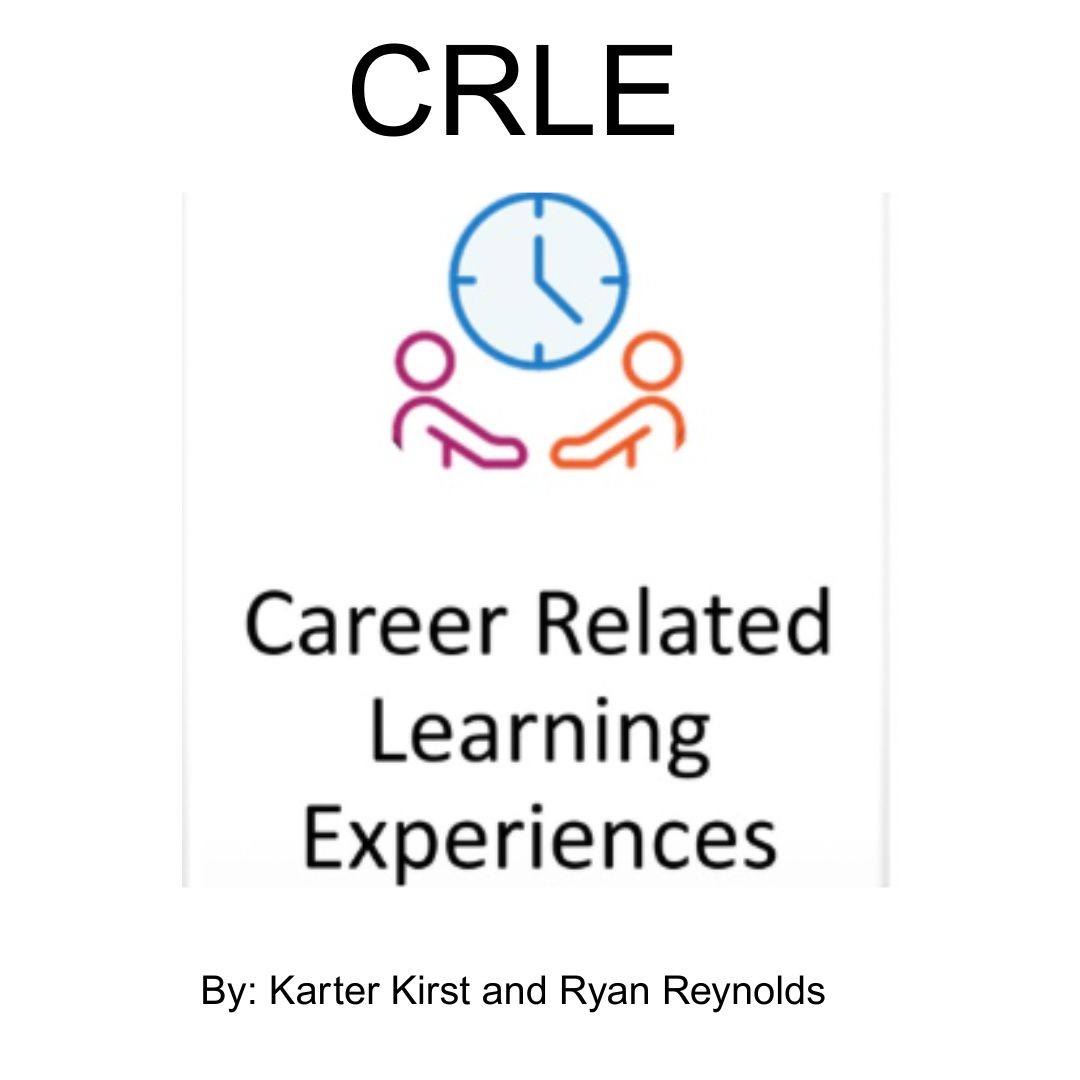The decline of the SAT and ACT
Photo Credit to Wikimedia Commons
The ACT is a standardized test used to determine acceptance for many colleges.
January 9, 2023
One enduring effect of the pandemic is the adoption of test-optional and test-blind policies for university admissions. While some argue that standardized tests like the SAT are an important tool for measuring student achievement and for guiding college admissions, others contend that standardized testing is not a fair or accurate reflection of a student’s knowledge and abilities.
For historical context, the Scholastic Aptitude Test (SAT) was developed over a century ago. According to Barton Gilman Law Firm, in 1890, the president of Harvard College suggested the implementation of a national entrance exam for colleges. The College Board was founded as an admission driven nonprofit in 1900, and in 1916, began testing in six different subjects, including essays and the translation of foreign languages. In 1926, they created the SAT which included about 300 questions. By 1930 it morphed into the test we take today, with a reading, writing, math section and an essay section that is now optional.
By the end of World War II, the SAT had become a fundamental part of the college application process for high school students. Tests aided the higher education system as a critical tool for colleges to determine course placement, scholarship awards, and enrollment projections.
However, it has been argued that the SAT does more harm than good. Many students feel as though the test is not an accurate measure of their educational attainment.
Senior Luke Chang decided to take the SAT.
“I didn’t get the results I wanted on my SAT,” said Chang. “My grades showed more of an impact [of what I know] than the test.”
For some families, the benefit of not having to submit any test scores to colleges is a financial one. The standardized testing industry is a predictable money-making business. According to Medium, The College Board, which administers the SAT, PSAT, and AP tests, generates a $1 billion-plus in annual revenue. The cost of tutoring for the test as well as fees for retakes can become a financial burden. The SAT costs $60, according to the College Board, but fee waivers are available.
Senior Parker Solodky agrees.
“I don’t think the SAT tells you much aside [from] whether or not your parents could afford to pay for an SAT tutoring class,” he said.
According to At The Core, in 1969 Bowdoin College in Maine was the first college to become test optional. Many small colleges followed suit, relying more on grades, personal statements, and extracurriculars for entry. According to Higher Ed Dive, over 1,830 four-year colleges aren’t requiring test scores to be submitted for fall 2023. Only about 1.7 million students of the 2022 graduating class took the test, a significant decline from the 2.2 million in both the classes of 2019 and 2020.
Senior Jake Voss sees the new test-optional landscape as a positive.
“The decision to make scores optional allows for students to avoid the mental and possibly financial stress that comes from standardized testing,” said Voss.




